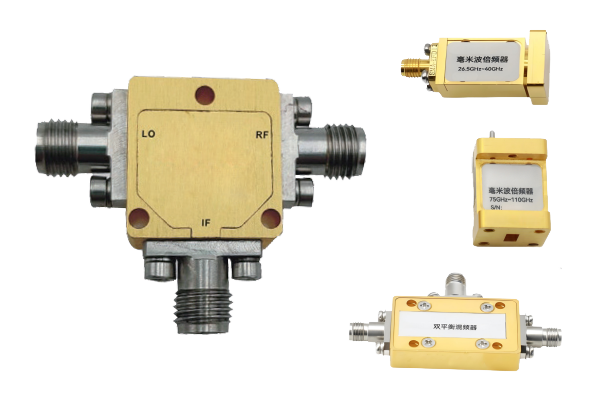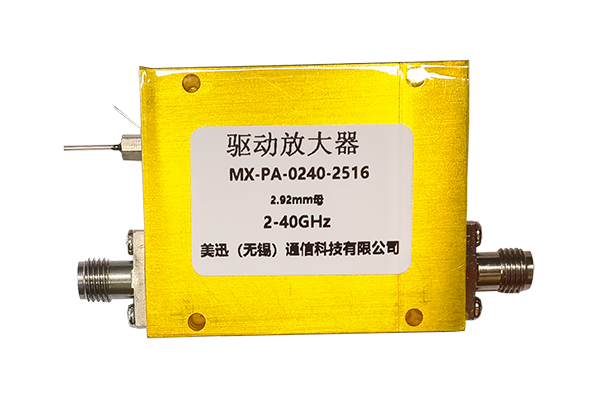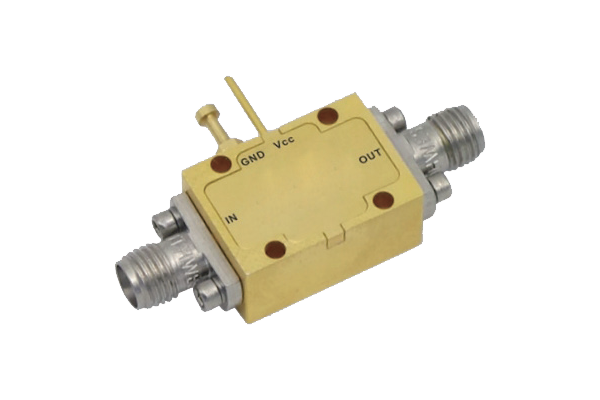
Pin diode devices are now regarded as essential parts in high-frequency circuitry given their inherent performance characteristics Their high-speed switching performance and low capacitance along with negligible insertion loss position them well for switch modulator and attenuator implementations. The operative principle for PIN diode switching centers on bias-controlled current modulation. Applying bias shifts the depletion-region extent within the p–n junction and so modifies conductivity. Controlling the bias point makes it possible for PIN diodes to switch at microwave frequencies with low distortion
For applications demanding exact timing and control PIN diodes are typically incorporated into complex circuitry They may be applied in RF filtering arrangements to selectively pass or reject particular frequency bands. Their capability to tolerate high-power signals allows deployment in amplifiers power dividers and generator equipment. Smaller, more efficient PIN diodes have expanded their application scope in wireless communications and radar technologies
Evaluating Coaxial Switch Design and Functionality
Developing coaxial switches is complicated and depends on careful analysis of key parameters Coaxial switch effectiveness depends on the switch kind frequency of operation and insertion loss metrics. Designs should focus on cutting insertion loss and increasing isolation to improve switch performance
Performance assessment centers on return loss insertion loss and port isolation metrics. Assessment employs simulation, analytical modeling and experimental measurement techniques. Thorough analysis is critical for confirming reliable coaxial switch performance
- Simulation, analytical modeling and experimental testing are widely utilized to examine coaxial switch designs
- Environmental temperature impedance mismatches and production tolerances can significantly influence switch characteristics
- Contemporary advances and emerging developments in coaxial switch engineering seek improved metrics with smaller size and reduced power
Optimizing Low Noise Amplifier Architectures
Maximizing LNA performance efficiency and gain is necessary to secure exceptional signal quality in applications It necessitates thoughtful transistor selection bias configuration and circuit topology planning. Good LNA design practices focus on lowering noise and achieving high amplification with minimal distortion. Analytical modeling and simulation utilities are key to predicting how different design options influence noise behavior. Reducing the Noise Figure remains the design target to ensure strong signal retention with minimal added noise
- Selecting devices that exhibit low intrinsic noise is a primary consideration
- Using appropriate optimal bias schemes is important to control transistor noise
- Topology decisions critically determine how noise propagates in the circuit
Techniques of matching networks noise cancellation and feedback control contribute to improved LNA operation
Radio Frequency Path Routing with Pin Diodes

PIN diode switching mechanisms deliver versatile and efficient RF path routing across designs These devices switch rapidly enabling active dynamic routing of RF paths. Key benefits include minimal insertion loss and strong isolation to limit signal deterioration during switching. They are commonly used in antenna selection duplexers and phased array RF antennas
Switching depends on bias-induced resistance changes within the diode to route signals. As deactivated the diode provides high resistance, impeding RF signal transmission. A positive bias drives the diode into lower resistance so RF energy can pass through
- Furthermore PIN diode switches boast speedy switching low power consumption and small size
Multiple configurable architectures and design schemes of PIN diode switches facilitate complex routing operations. By interconnecting multiple switches designers can build dynamic switching matrices for flexible path configuration
Evaluation of Coaxial Microwave Switch Performance

Extensive testing and evaluation are important to ensure coaxial microwave switches operate optimally in complex systems. A range of factors like insertion reflection transmission loss isolation switching rate and bandwidth affect switch performance. Comprehensive assessment includes testing these parameters under multiple operating environmental and test scenarios
- Moreover the evaluation must factor in reliability robustness durability and environmental stress tolerance
- Ultimately findings from a thorough evaluation yield critical valuable essential insights and data for selecting designing and optimizing switches for targeted uses
Extensive Review on Minimizing Noise in LNA Designs
Low noise amplifier circuits are central to RF systems for enhancing weak signals and limiting internal noise. This review presents a thorough examination analysis and overview of noise mitigation strategies for LNAs. We explore investigate and discuss principal noise contributors like thermal shot and flicker noise. We also examine noise matching feedback circuitry and optimal biasing strategies to mitigate noise contributions. The review emphasizes recent innovations including novel materials and architecture approaches that decrease noise figures. By summarizing key noise suppression principles and practices the review assists engineers and researchers developing high performance RF systems
Rapid Switching System Uses for PIN Diodes

PIN diodes display exceptional unique and remarkable characteristics making them suitable for high speed switching Reduced capacitance and low resistance yield fast switching performance suitable for strict timing control. PIN diodes’ adaptive linear voltage response permits precise amplitude modulation and switching. This versatility flexibility and adaptability makes them suitable applicable and appropriate for a wide range of high speed applications Use cases cover optical communications microwave circuitry and signal processing devices and equipment
Coaxial Switch IC Integration and Circuit Switching
Integrated circuit coaxial switch technology marks a significant advancement in signal routing processing and handling within electronic systems circuits and devices. Such integrated circuits are built to control manage and direct signal flow over coaxial lines while delivering high frequency performance and low propagation or insertion latency. IC miniaturization enables compact efficient reliable and robust designs ideal for dense interfacing integration and connectivity needs
- Through careful meticulous and rigorous implementation of these approaches engineers can achieve LNAs with exceptional noise performance supporting sensitive reliable systems With careful meticulous and rigorous deployment of these approaches developers can accomplish LNAs with outstanding noise performance enabling trustworthy sensitive pin diode switch electronics Through careful meticulous and rigorous application of such methods engineers can design LNAs with top tier noise performance enabling dependable sensitive systems By meticulously carefully and rigorously applying these methods developers can produce LNAs with superior noise performance enabling sensitive reliable electronics
- Use scenarios include telecommunications data communication systems and wireless networks
- Coaxial switch IC implementations support aerospace defense and industrial automation applications
- Application examples include consumer electronics audio video products and test measurement systems
Designing LNAs for Millimeter Wave Frequencies

At mmWave frequencies LNAs must contend with greater signal attenuation and intensified influence from noise sources. Parasitic elements such as capacitance and inductance dominate performance at mmWave so layout and component selection are critical. Minimizing input mismatch and maximizing power gain are critical essential and important for LNA operation in mmWave systems. Selecting the right active devices including HEMTs GaAs MESFETs and InP HBTs helps secure low noise figures at mmWave. Additionally the development implementation and optimization of matching networks plays a vital role in efficient power transfer and impedance matching. Careful management of package parasitics is necessary to prevent degradation of mmWave LNA performance. Employing low loss transmission lines and considered ground plane layouts is essential necessary and important to reduce reflections and preserve bandwidth
Characterization Modeling Approaches for PIN Diodes in RF Switching
PIN diodes exist as key components elements and parts in several RF switching applications. Thorough precise and accurate characterization of these devices is essential for designing developing and optimizing reliable high performance circuits. This requires analyzing evaluating and examining electrical properties including voltage current resistance impedance and conductance. Frequency response bandwidth tuning capabilities and switching speed latency or response time are also characterized
Moreover additionally furthermore creating accurate models simulations and representations for PIN diodes is crucial essential and vital to forecast behavior in RF systems. Various modeling approaches such as lumped element distributed element and SPICE models are used. The selection of an apt model simulation or representation relies on particular application requirements and the expected required desired accuracy
Advanced Cutting Edge Sophisticated Techniques for Low Noise Quiet Minimal Noise Amplifier Design
LNA design work requires precise management of topology and component selection to minimize noise. Recent advances in semiconductor tech have unlocked innovative groundbreaking sophisticated LNA design techniques that diminish noise greatly.
These techniques often involve employing utilizing and implementing wideband matching networks adopting low-noise high intrinsic gain transistors and optimizing biasing schemes strategies or approaches. Additionally furthermore moreover advanced packaging and thermal management techniques are important to lower external noise sources. By meticulously carefully and rigorously adopting these practices designers can deliver LNAs with excellent noise performance supporting reliable sensitive systems
